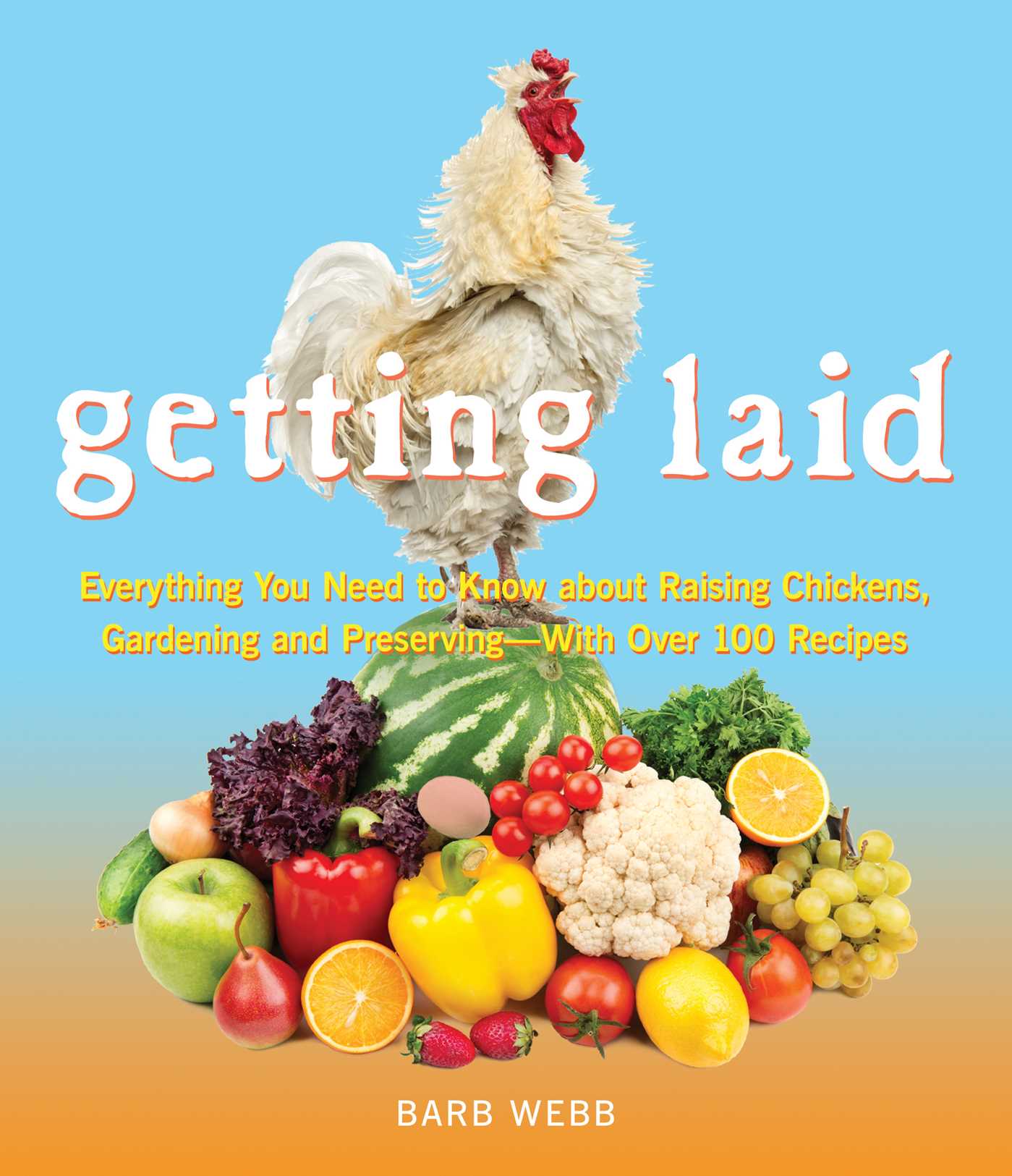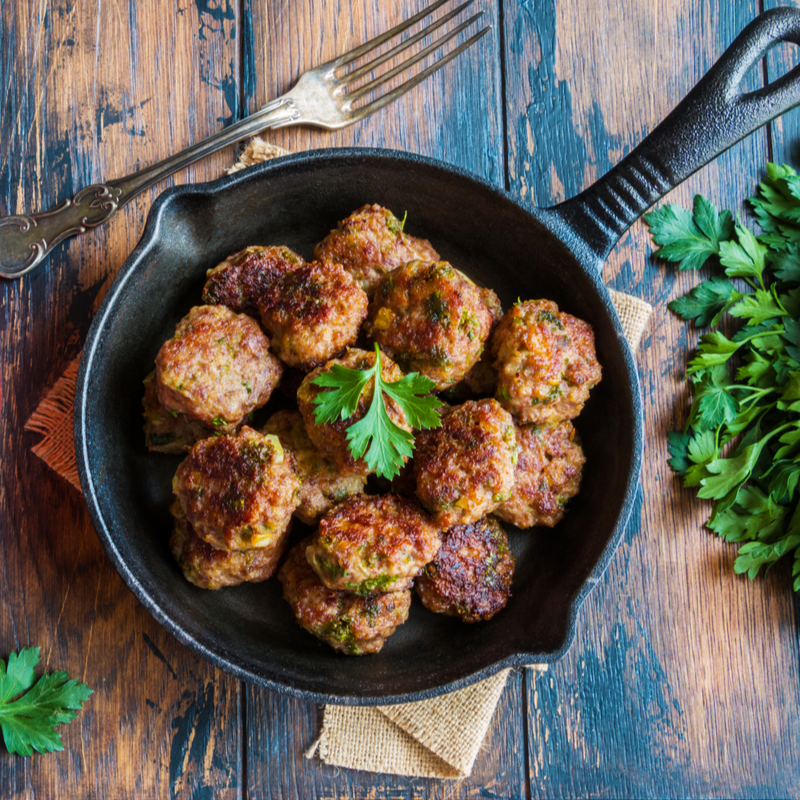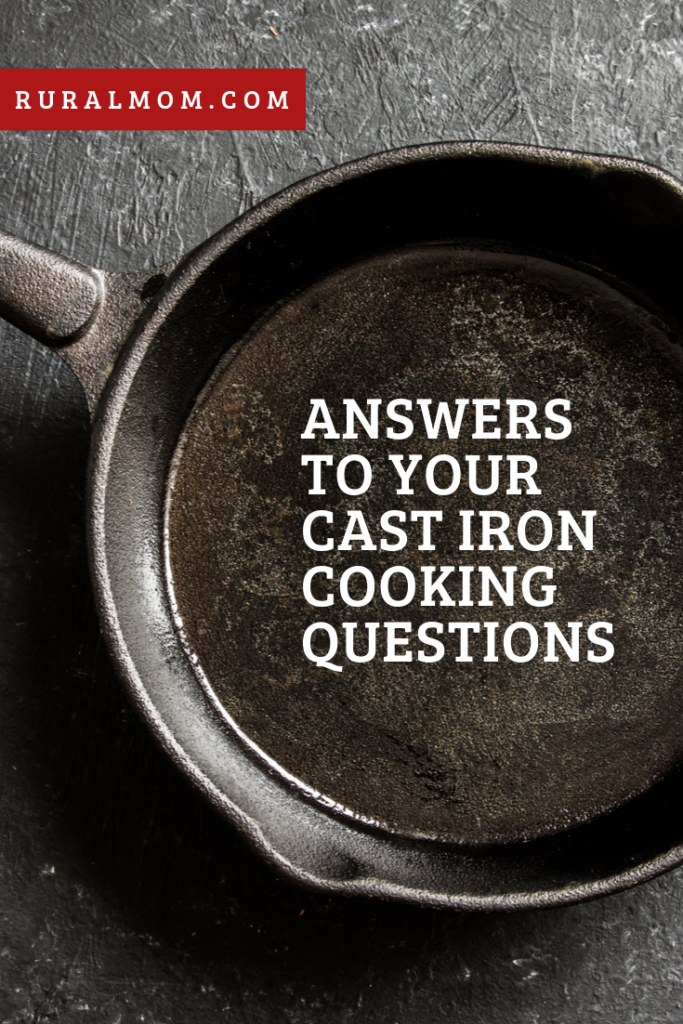New to cast iron cooking? Or just need to brush up on your cast iron cooking basics? We have answers to the most common questions you have.
Cast iron use and care is actually quite easy but there are a few nuisances that every user needs to know.
I bought a new cast iron skillet and it says it’s “pre-seasoned” and “ready to use.” Is it really?
This is a tricky question two-part question which actually can be answered both “yes” and “no.”
Yes, you can cook in new “pre-seasoned” cast iron cookware without going through any seasoning process. However, it is not truly “ready to use.”
You should still rinse your new cast iron piece in hot water to remove any of the dust or dirt it picked up on the store shelf. Then, dry it completely by heating over a burner set to medium-high heat for about one minute.
Once it is completely dry, allow your pan to cool before lightly coating with a good food-quality oil or fat with a high smoke point. Adding a light coat of oil after each use will help build up an even better patina on your pan surface over time.
I had a really nice seasoning on my cast iron skillet, but now it’s peeling and chipping. What happened?
There are a few things that can cause this. The most common causes are washing your skillet with a harsh soap or letting it soak overnight in the sink. Both of these actions can soften the finish and cause it to peel off or disintegrate.
The recommended method for washing your cast iron is to give it a quick rinse in hot water, wipe with a paper towel, and dry thoroughly on a hot burner. This will maintain the cast iron patina.
Cooking highly acidic foods or using metal cooking utensils can also damage the patina on your cast iron pieces. For instance, if you are making something with a lot of tomatoes, you may see some distress or dulling on the finish. To combat the reaction that acidic foods have on the finish, be sure to cook other types of food in the same pan often.
Fortunately, if the patina is very well established, a little acid isn’t going to hurt it. It’s really in those first stages that you might have some pitting and softening. Just watch it closely and avoid acidic foods as much as possible in newly seasoned cookware.
I recently pulled out my grandmother’s old cast iron skillet and it’s rusty. Is it ruined?
No, definitely not. While it can be discouraging to find rust on your favorite pieces of cast iron, it is not impossible to remove.
There are a lot of remedies out there, but the most natural methods for rust removal are often the best and safest. Simply sprinkle salt onto the area, cut a lemon in half, and rub the lemon over the salt. Let the cast iron sit out to dry, then rinse. Repeat the process to remove any remaining spots of rust.
The nice thing about this method is you are not going to hurt the pan, and you can repeat it as often as necessary. Be wary of any suggestions that a spray-on oven cleaner is the only remedy. A little salt and lemon will remove the rust without severely stripping whatever patina you have already built up.
I keep hearing people say I should just wipe my cast iron pan out, rather than washing it to keep the finish nice. Isn’t that just asking for trouble with germs?
In a perfect world, soap would never touch your cast iron cookware. However, there are times when a little mild dish soap on a sponge is needed. The key is to not overdo it with harsh detergents or abrasive surfaces so you don’t damage the patina.
If you’re worried about germs, soap and water isn’t the only solution. Heat your cast iron over high heat and add some oil to the pan. Allow the oil to heat to just below the smoke point. Then, remove from the heat, let cool and wipe with a paper towel. No germs will survive through this process.
If you still want a water bath, add water to the cookware and bring it to a boil, then pour it out, and dry on a hot burner, wiping the cookware clean. If you absolutely must use soap, then do so sparingly. Wipe the cookware with a sponge (never a scrubber) and a dab of dish soap. Then, rinse and dry thoroughly. Be sure to brush on some oil or grease after each cleaning, regardless of what method you use.
Keep in mind, there are different methods to care for your cast iron cookware depending on the types of foods you cook in them. For example, if you cook a lot of chili or other acidic food, you may have to season your cast iron more often. If you use a skillet just to fry eggs and bacon, you can probably just wipe it out with a paper towel and you’ll be good to go.
With a little practice, you’ll know exactly what your cast iron needs to perform perfectly every time.
Need to know more about cast iron cooking?
We’ve got the answers and recipes, too!




